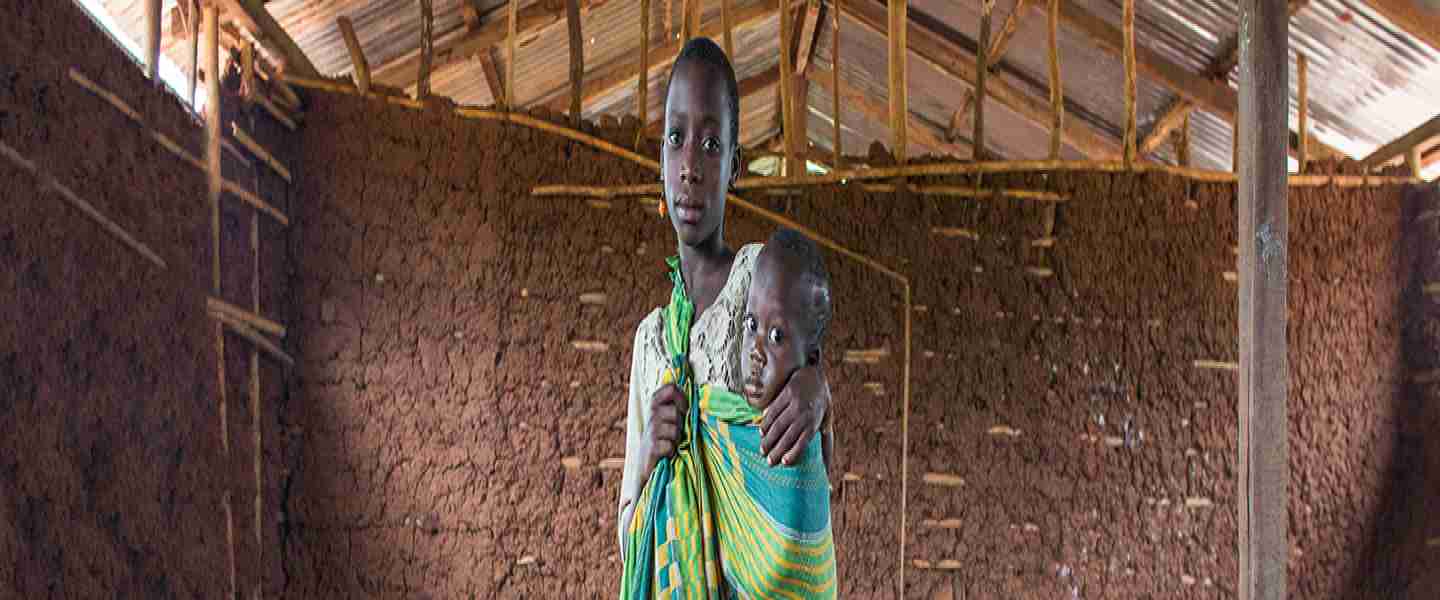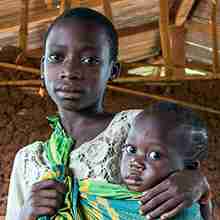The World Bank Group’s goals are to end extreme poverty and promote shared prosperity. This mission underpins all of our analytical, operational, and convening work in more than 145 client countries. There has been marked progress on reducing poverty – the first of the world’s Sustainable Development Goals – over the past decades. According to the most recent estimates, in 2015, 10 percent of the world’s population or 734 million people lived on less than $1.90 a day. That’s down from nearly 36 percent or 1.9 billion people in 1990.
However, due to the COVID-19 crisis as well as the oil price drop, this trend probably will reverse in 2020. The COVID-19 crisis will have a disproportionate impact on the poor, through job loss, loss of remittances, rising prices, and disruptions in services such as education and health care.
For the first time since 1998, poverty rates will go up as the global economy falls into recession and there is a sharp drop in GDP per capita. The ongoing crisis will erase almost all the progress made in the last five years. The World Bank estimates that 40 million to 60 million people will fall into extreme poverty (under $1.90/day) in 2020, compared to 2019, as a result of COVID-19, depending on assumptions on the magnitude of the economic shock. The global extreme poverty rate could rise by 0.3 to 0.7 percentage points, to around 9 percent in 2020.
Additionally, the percentage of people living on less than $3.20 a day could rise by 0.3 to 1.7 percentage points, to 23 percent or higher, an increase of some 40 million to 150 million people. Finally, the percentage of people living on less than $5.50 a day could rise by 0.4 to 1.9 percentage points, to 42 percent or higher, an increase of around 70 million to 180 million people. It is important to note that these poverty projections are highly volatile and could differ greatly across countries.
Due to global shocks such as COVID-19 and because it is becoming increasingly difficult to reach those remaining in extreme poverty, who often live in fragile countries and remote areas, poverty reduction may not be fast enough to reach the goal of ending extreme poverty by 2030.
New research estimates that by 2030 up to two-thirds of the global extreme poor may be living in fragile and conflict-affected economies, making it evident that without intensified action, the global poverty goals will not be met.
The majority of the global poor live in rural areas and are poorly educated, employed in the agricultural sector, and under 18 years of age. The work to end extreme poverty is far from over, and many challenges remain. In most parts of the world, growth rates are too slow, and investment is too subdued to increase median incomes. For many nations, poverty reduction has slowed or even reversed.
The 43 countries in the world with the highest poverty rates are fragile or conflict-affected situations (FCS) and/or in Sub-Saharan Africa. Economies facing chronic fragility and conflict have had poverty rates stuck at over 40 percent in the past decade, while countries that have escaped FCS have cut their poverty rates by more than half.
Data deprivation makes it harder to accurately gauge the extent of the problem. 500 million people live in FCS economies with no or outdated poverty data. To overcome critical data shortages and generate timely international poverty estimates, the Bank’s recent research used statistical assumptions and imputations that result in 33 million additional people estimated to live in extreme poverty.
Access to good schools, health care, electricity, safe water, and other critical services remains elusive for many people, often determined by socioeconomic status, gender, ethnicity, and geography. The multidimensional view – wherein other aspects such as education, access to basic utilities, health care, and security are included – reveals a world in which poverty is a much broader, more entrenched problem. The share of poor according to a multidimensional definition that includes consumption, education, and access to basic utilities is approximately 50 percent higher than when relying solely on monetary poverty.
Moreover, for those who have been able to move out of poverty, progress is often temporary: Economic shocks, food insecurity and climate change threaten to rob them of their hard-won gains and force them back into poverty. It will be critical to find ways to tackle these issues as we make progress toward 2030.
Last Updated: Apr 16, 2020

